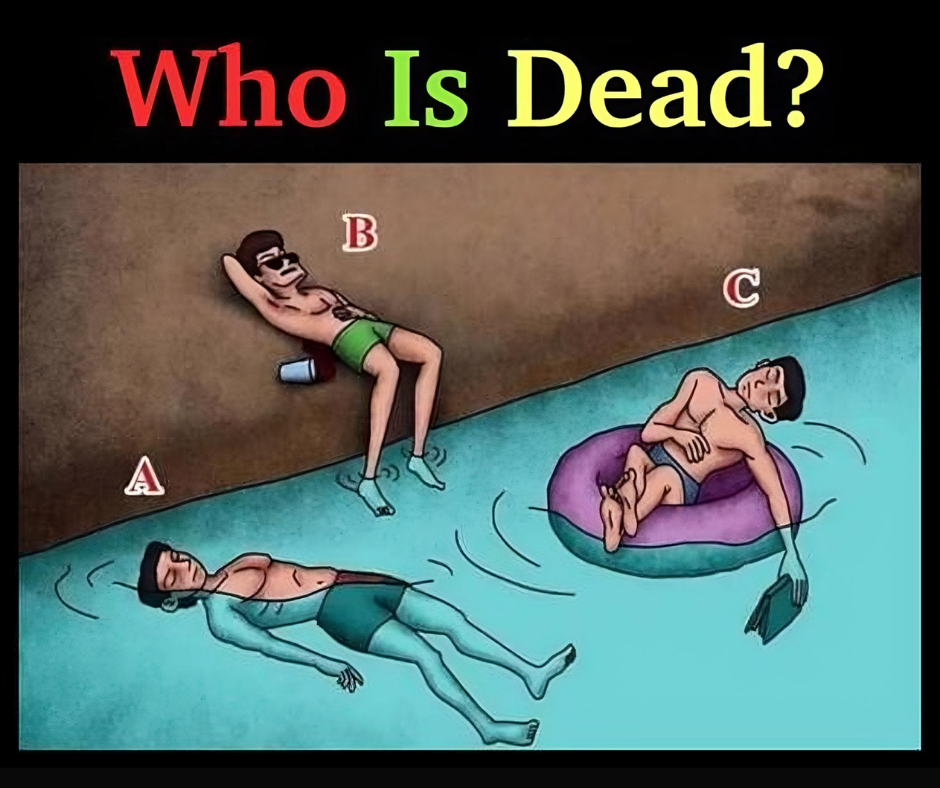
In the midst of the hustle and bustle of a demanding work environment, it’s easy for our minds to become bogged down by the monotony of routine tasks. However, engaging with thought-provoking riddles and puzzles can offer a refreshing mental respite, allowing us to shift our focus and tap into our creative problem-solving skills.
By engaging with these types of brain teasers, we can not only relax the mind but also encourage the discovery of interesting and hidden perspectives. The process of carefully analyzing the details, considering alternative interpretations, and arriving at a logical conclusion can be a rewarding and intellectually stimulating experience. This, in turn, can lead to improved productivity, creativity, and overall well-being, as we find a healthy outlet for our mental energies.
Incorporating puzzles and riddles into our daily routines can be a valuable tool for maintaining a healthy work-life balance. By taking breaks to challenge our minds with these types of activities, we can recharge and rejuvenate, ultimately enhancing our performance and overall job satisfaction.

The image presents another thought-provoking riddle, this time asking “Who Is Not Alive?” The challenge lies in carefully examining the details within the image to determine the correct answer.
Upon closer inspection, we can observe that Person B’s legs are causing vibrations in the water, indicating that they are still alive and moving. This immediately rules out Person B as the answer to the riddle.
Regarding Person A, it is often assumed that a floating body in the water is a sign of death. However, this is not necessarily the case. In reality, it takes at least 2-3 days for a dead body to float, as initially, the body sinks before rising to the surface. Therefore, the presence of Person A’s floating body does not necessarily mean they are deceased.
Having eliminated Persons A and B as the answer, the focus shifts to Person C. Upon closer inspection, we can see that Person C is holding a laptop, which is submerged in the water. Additionally, they appear to be in a subconscious state, suggesting that they may be the individual who is “not alive” in the context of this riddle.
To solve this puzzle, the viewer must carefully observe the details and apply logical reasoning to arrive at the correct conclusion. By considering the various clues and eliminating the unlikely scenarios, the viewer can determine that Person C is the individual who is “not alive” in this particular situation.
Riddles like this one challenge the viewer’s problem-solving skills and encourage them to think critically about the information presented. The process of analyzing the details, considering alternative interpretations, and arriving at a logical conclusion can be a rewarding and intellectually stimulating experience, offering a valuable opportunity for personal growth and cognitive development.
Sharing and discussing these types of riddles with friends, family, or online communities can also be a valuable social experience. The collaborative effort of working through the puzzle together can foster a sense of camaraderie and intellectual stimulation, while also providing opportunities for learning and growth.
In conclusion, engaging with thought-provoking riddles and puzzles can be an effective way to dispel the fatigue and stress of a busy workday. By shifting our focus to these types of cognitive challenges, we can find a refreshing mental respite, improve our productivity and well-being, and even foster valuable social connections. So, the next time you feel the weight of your workload, consider turning your attention to a mind-bending riddle – you just might be surprised by the mental rejuvenation and sense of accomplishment it can provide.



